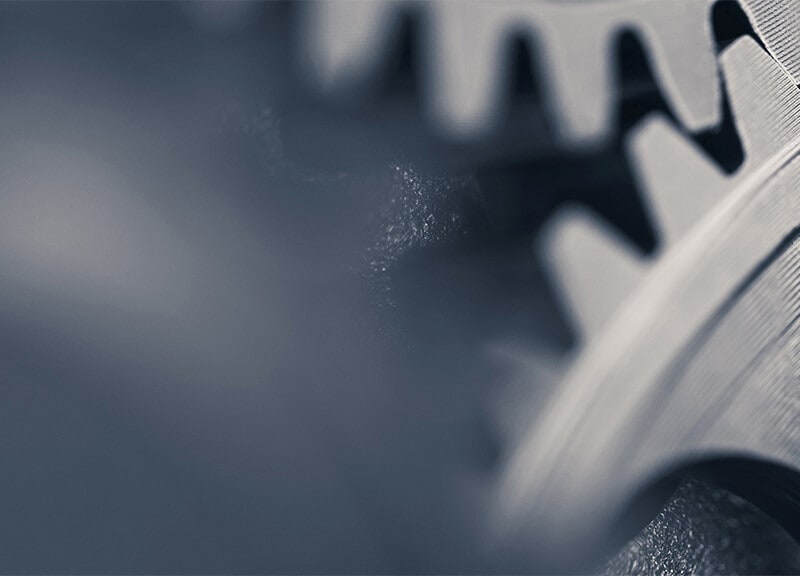
Cutting soft materials: the 5 questions you should ask
Apr 18, 2024The versatility of waterjet cutting technology enables a wide range of materials to be processed in various sectors, such as: construction, thermal and acoustic insulation, automotive, aerospace, railway, packaging, footwear, sealing.
There are 5 important aspects in the process of cutting soft materials, which make us immediately see what makes waterjet technology the best choice!
DOES PRODUCTIVITY INCREASE?
Productivity increases by up to 83% through cutting process optimization in 5-head, 3-axis configurations.
HOW CAN POSITIONINGS BE ACCURATE?
The interaxis between the cutting heads can be adjusted automatically with brushless motors, for complete CAD/CAM control, as well as manually making the most of the two rows divided into millimeters positioned directly on the support bar. The heads between them guarantee a ± 0.5 mm alignment.
ARE THERE LONG LOADING AND UNLOADING TIMES?
The availability of swing configuration and pallet exchange with two work areas has been designed specifically to eliminate the loading and unloading times between cutting cycles.
WHAT ARE THE FEATURES OF THE CUTTING TABLE?
The stainless steel Alveolar cutting table is designed to be used when cutting soft materials, guaranteeing high planarity and duration over time.
ARE THERE LIMITATIONS ON THE THICKNESS OR STRUCTURE OF THE PIECES?
The vast range of 3-axis (tecnocut waterspeedy and tecnocut smartline) and 5-axis (tecnocut smartline) processings mean work can be done on thicknesses of up to 200 mm, without structure or internal radius limitations.



